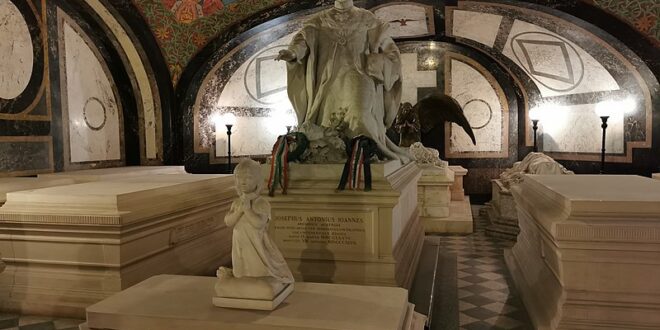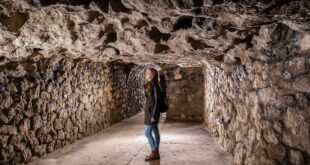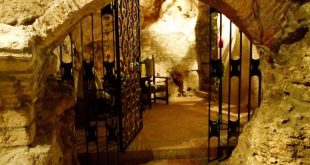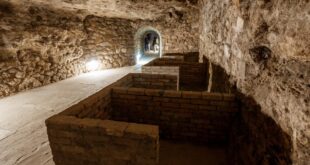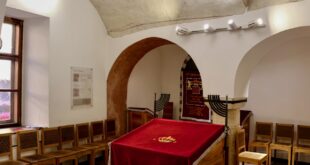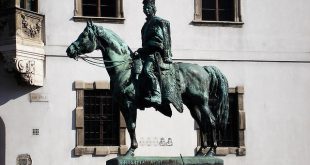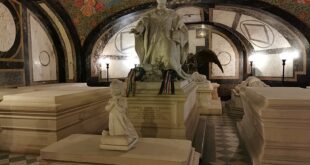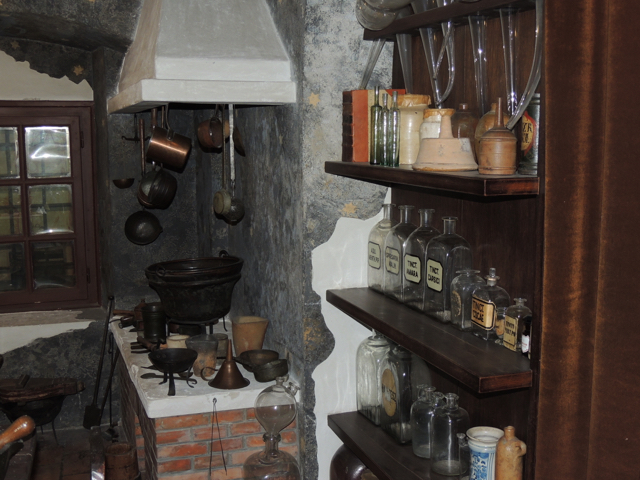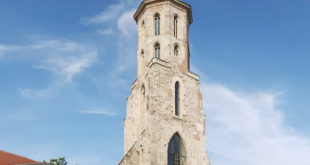The family crypt of Archduke Joseph, Palatine of Hungary, hidden within the Buda Castle Royal Palace, is a unique relic preserving the grandeur of the 19th century. This crypt, a surviving remnant of the original palace, holds the remains of Archduke Joseph, his family, and descendants.
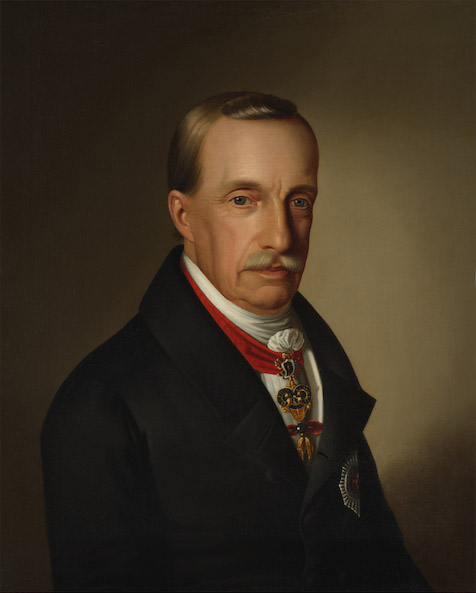
Location: Buda Castle Royal Palace, Budapest
Built: Early 19th century
Purpose: Family burial site for Hungarian Palatines
Notable Burials: Archduke Joseph, descendants, Habsburg family members
Architect: Miklós Ybl, later Alajos Hausmann
Sculptor: György Zala, Alajos Stróbl
Access: Guided tours only, prior registration required for groups of max 15 guests
Related Attractions from this Era: St Stephen’s Hall Buda Royal Palace
Situated under the former Saint Sigismund Chapel, demolished in 1961, the crypt’s creation reflects the era when the palace served as the residence for Hungary’s Palatine, the monarch’s chief representative when the Habsburg monarch was away.
Archduke Joseph’s crypt in Buda Castle
Archduke Joseph, who served as Palatine from 1795 to 1847, sought royal permission to use the crypt under the chapel as a family burial site, creating a resting place for his lineage within the iconic palace. Archduke Joseph was a member of the Habsburg-Lorraine family, originally from Austria, who served as Palatine of Hungary from 1795 to 1847. As the brother of Emperor Francis I of Austria, he played a significant role in Hungarian governance and was highly respected for his dedication to the country. Fluent in Hungarian, German, and Latin, he aimed to bridge cultural ties between Austria and Hungary, earning widespread respect in both regions.
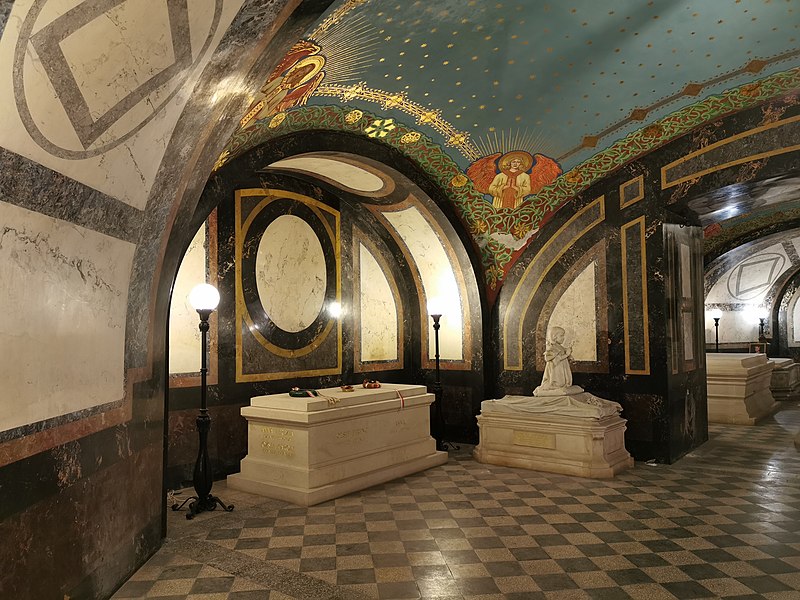
Architecture of the Palatine’s Crypt
The crypt’s elaborate design is rich with symbolism and artistry, showcasing magnificent sculptures by renowned artists of the time. The centerpiece is a twice life-size marble statue of Archduke Joseph, crafted by György Zala, depicting him kneeling in reverence before the Holy Crown (on display at the Hungarian Parliament building by the river Danube). This powerful image gives visitors the feeling that the Palatine is not only protecting Hungary but also offering a blessing to everyone who walks through the crypt. In the southern section, a massive bronze angel with outstretched wings stands watch over the tombs of Joseph Karl, Archduke Joseph’s youngest son, and his wife, Clotilde. Zala also sculpted these somber yet beautiful statues, while another tomb, honouring young Archduke Ladislaus who died in a tragic hunting accident in 1895, was crafted by Alajos Stróbl, another notable artist of the time.
World War II and Vandalism in the Palatinal Crypt Buda Castle
While Buda Castle faced significant damage during the siege of Budapest, the palatinal crypt remained untouched, preserving the peaceful rest of the family. However, in the 1950s, extensive demolition work on the castle complex posed a serious risk to the crypt. Left unguarded during this period, the crypt was tragically desecrated in 1973, with intruders prying open coffins and even severing the head of Archduke Joseph from his mummified body. This shocking event led to immediate protective measures, and the crypt was sealed off to prevent further damage and dishonour to the family’s remains. In response to the vandalism, efforts to restore the crypt were undertaken by the Hungarian National Gallery, and in October 1977, it reopened to the public, reinstated to its former dignity.
Palatinal Lineage – Archduke Joseph
A meticulous restoration was completed by 1987, after which a solemn consecration ceremony was held, attended by eleven of the Palatine’s descendants and honoured guests. Since then, the crypt has continued as a resting place, welcoming nine additional family members over the years. Today, it serves as a remarkable historical site, holding the remains of twenty-four individuals linked to the Habsburg lineage, an eternal monument to the Palatine’s legacy within the Buda Castle Royal Palace. The main focus is on the centrally located crypt of the Archduke himself, Josephus Antonius Joannes.
There are still living descendants of Archduke Joseph’s lineage. His descendants include members of the Habsburg family, many of whom are part of the Austrian nobility or maintain a presence in European aristocratic circles. Notable family members include Archduke Joseph Karl’s descendants, who continue the Habsburg-Lorraine line, with family members residing in various European countries. The last burial in the Palatinal Crypt took place in 2010, when Archduke Joseph Árpád of Austria, a great-great-grandson of Archduke Joseph, Palatine of Hungary, was laid to rest.
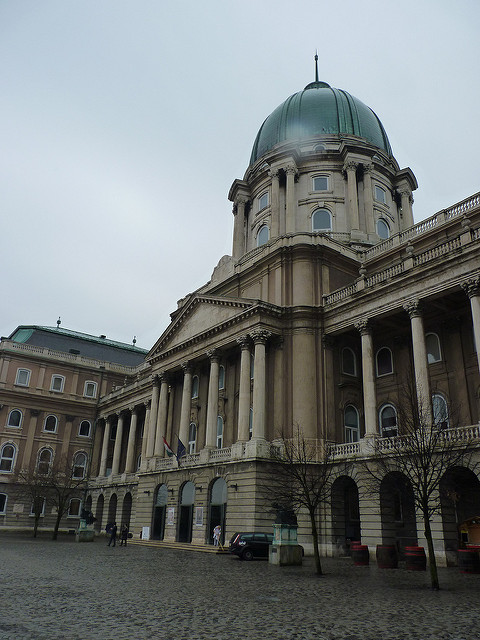
Visiting the Palatinal Crypt in the Buda Castle
 Buda Castle Buda Castle, Budapest
Buda Castle Buda Castle, Budapest
